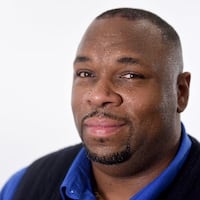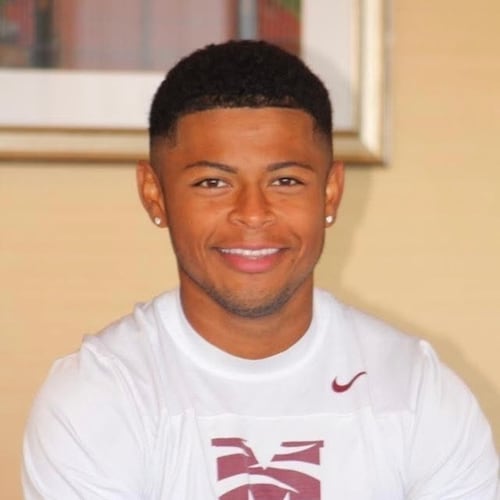In the middle of the night, flying at 40,000 feet, April Whitt expects a better view of the gas surrounding stars and the surface of planets than she’s seen from the Fernbank Science Center’s telescope.
Whitt and Susan Oltman, a sixth-grade science teacher at Kittredge Magnet School will head to California in about a week to observe space and participate in experiments with NASA scientists as part of NASA’s Stratospheric Observatory for Infrared Astronomy program.
The best part of their weeklong mission, Oltman said, is being able to share what she learns with her sixth-grade science students at Kittredge Elementary School.
“I’m just excited about having some real world connections with the students,” she said. “And who gets the opportunity to fly with NASA? I’m thrilled.”
Oltman and Whitt, an astronomer at the science center, were selected as one of 14 two-person teams to participate in this third year of a 20-year project giving educators a chance to observe and participate in high-level experiments.
The teams come from 12 states and the District of Columbia. They will go to Palmdale, Calif., for about a week, taking two 10-hour night flights, at altitudes between 39,000 and 45,000 feet, on a modified 747 jetliner carrying a 100-inch telescope.
Oltman said while her classroom will have a substitute teacher, she intends to keep her 11- and 12-year-olds aware of what she’s up to using Skype and blogging about her adventures.
“My students may someday have a job that works on this program. When you’re planting seeds in children’s minds, you don’t know how many years later it’s going to bear some fruit,” she said.
Oltman called the program selection process rigorous. The two women had to submit resumes, information about science talks they’d given as well as published papers, if any. They also had to pass an online graduate-level astronomy course.
The professional development opportunities are a large part of why NASA began the program.
“They’ll see science done firsthand,” said Nick Veronico, a spokesman for the project. “NASA does this as part of its science, technology, engineering and math (STEM) efforts. Studies show teachers who have the opportunity to see science firsthand stay in the profession longer and their children do better. It’s a win-win for everybody.”
The missions in the general purpose observatory change often, Veronico said. But it’s likely educators will observe star-forming regions, planets, comets, even supernova explosions. Having the teachers aboard help to take back the knowledge that NASA has jobs in more categories than would be expected.
“We need everything from mechanics to avionics technicians to accountants to lab managers to instrument techs, you name it,” he said. “We’ve got a place for everyone’s interests.”
One member of the flight team many students and Trekkies will be excited about is Nichelle Nichols, the actress who played Lieutenant Uhura on the original Star Trek television show. Nichols, 82, is an advocate for STEM initiatives in education.
Whitt said she’s excited, but dreads getting ready for the overnight missions.
“I’m a morning person,” she said. “There are gonna be a few days of haze.”
Part of the job for the educators will be getting experiments together for the scientists. Conference calls about the potential projects have been a bit intimidating, Whitt said, as they include NASA scientists and others who will be involved in the process.
“Everybody in NASA knows what’s going on with everything,” she said.
See this video of the teachers talking about their work with NASA.
About the Author
Keep Reading
The Latest
Featured


